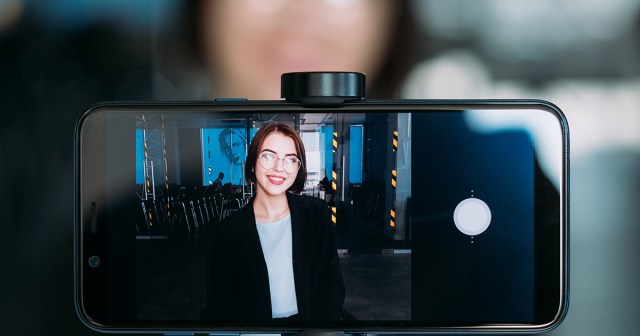
TL;DR
- Creator collaborations are more than just a trend; they are a key component of any successful modern marketing strategy, says Cristy Garcia, chief marketing officer at impact.com.
- When every brand is also now a content business, brands can’t just rely on providing a good product or service, she says. They also need to genuinely engage their audience, which means working with the right creator in the right way.
- Branding expert David Harris stresses the importance of authenticity when choosing a creative partner, urging brands to strike a balance between brand objectives and a creator’s unique vision.
READ MORE: Unlocking The Potential Of Brand-Creator Collaborations: A Path To Elevating Sales And Amplifying Brand Visibility (Forbes)
It should come as no surprise to digital marketers that content creators are a necessary partner to reach key audiences, nor that authenticity and trust are the foundations on which successful partnerships are built.
Nonetheless, the point is worth emphasizing given the importance to both sides — brands and creators — of building the creator economy.
According to data from impact.com, some brands are now reaping over 28% of their total company revenue through partnerships, while those committed to what the company calls the “partnership economy” over the long term are achieving year-on-year revenue channel growth exceeding 50%.
With the rise of influencers, content creators, and the overall creator economy, it seems everyone (journalists, major brands, social platforms, marketers) has since recognized the power of creators in directly and authentically reaching and engaging larger audiences than any static ad ever could, Cristy Garcia, chief marketing officer at impact.com, says.

Creating the Partnership Economy
Crucially for marketers, the creator economy is remarkably effective in driving campaign performance. Nearly a third of all social media users discover new products through influencers, and Goldman Sachs suggests that, by 2027, the creator economy will nearly double in size from $250 billion to a potential $480 billion globally — “a statistic marketers cannot afford to ignore,” emphasizes Garcia.
She adds, “it is evident that the creator economy, with its adept utilization of videos, still has untapped potential.”
Leveraging Your Influence(r)
Creators may be experts in the respective domains and are “an exceptionally trusted resource” for consumers, but that doesn’t mean that they will all make perfect matches for brands.
“Just because an influencer may be good at promoting businesses doesn’t mean they’re a fit for yours,” says Garcia. “You’ll want to find partners with aligned audiences and ones who match your brand’s values.
Rather than squandering resources on “broad, spray-and-pray marketing campaigns,” she adds, brands are natively introduced to a new or shared audience authentically.
“For the best ROI, we recommend paying your creator partners not just a flat fee or performance-based payouts but combining both of them to ensure your creator is happy with the arrangement and so is your budget.”

In the past, brands would simply pick the top celebrity and ask them to push their product. Nowadays, consumers are much more savvy, and this simply won’t fly.
“Consumers are becoming increasingly aware of marketing tactics,” branding expert David Harris notes. “We cannot stress the importance of authenticity when choosing a creative partner.”
Harris has some advice to brands wanting to work with creators. In essence, collaboration is key.
“If your brand chooses to work with creators, you need to strike a balance between your brand’s objectives and the creator’s unique vision,” he urges. “The spirit of collaboration needs to be at the heart of everything you do together.”

